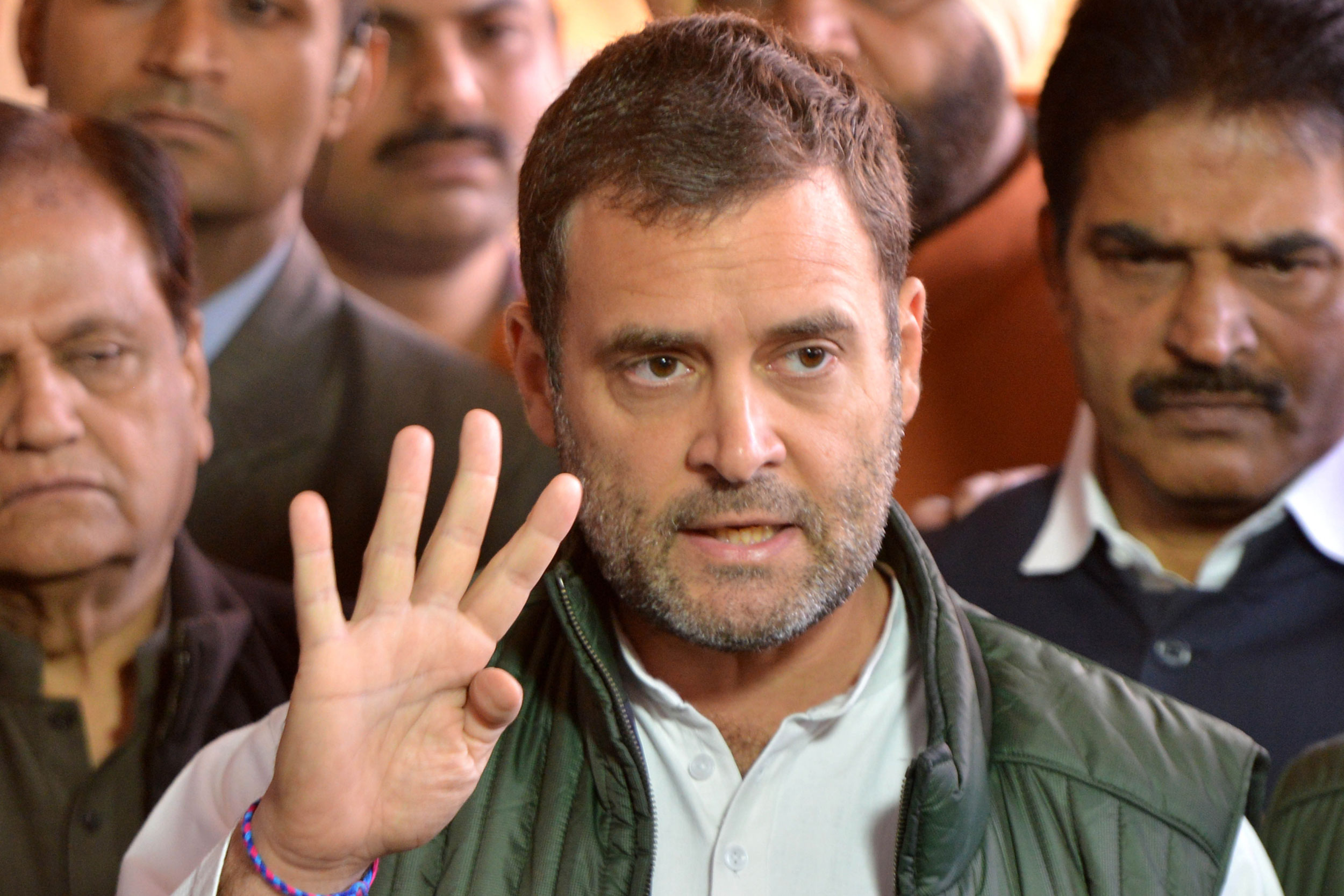Thirteen, says superstition, is not a lucky number. Thirteen years of investigation into the Sohrabuddin Shaikh fake encounter case have certainly proved unlucky for the kin of Shaikh and his wife, Kausar Bi, and those of Tulsiram Prajapati, whose death is usually associated with Shaikh’s. With the Mumbai court’s dismissal of the Central Bureau of Investigation’s presentation of the case as unsatisfactory — the evidence is inadequate to prove conspiracy and murder — and its acquittal of all the accused who had not been freed earlier, the entire fabric of the case has been shredded. It can no longer be called a ‘fake’ encounter, or even an encounter, since all the charged police personnel are now free. Besides, it cannot be established that Kausar Bi is dead at all: the court, it seems, has not found any evidence of her death. Maybe Shaikh is dead, as is Prajapati, but not in any way that the law needs to take notice of, for no crime has been established. A chain of deaths hovers around Shaikh’s, with nothing to point to their causes either. Haren Pandya, then home minister of Gujarat and a critic of the then chief minister, was shot in 2003, although evidence linking his death to Shaikh is unimportant. Others such as the judge, B.H. Loya, and his legal colleagues, Prakash Thombre and Shrikant Khandalkar, died off — without assignable cause — as fast as some of the more notable accused in the once so-named ‘fake encounter’ case, such as Amit Shah, the present Bharatiya Janata Party chief, G.C. Kataria, then home minister of Rajasthan, and D.G. Vanzara, then the deputy inspector of police in Gujarat, among them, were freed. Evidence gathering continued.
The history of the case presents a remarkable spectacle: conflicting reports before the public suggesting a gradual unravelling of evidence, apparently deftly managed from within institutions, in spite of the hard work and steady stance of a rare few among those tasked with the investigation. Else there could not have floated up the amazing notion of a dead man who cannot be dead. What is most interesting is the Mumbai special court’s severe admonition to the CBI that the whole case was constructed with no evidence but an unwavering eye on hurting certain political leaders. Since the CBI has always been blamed for fulfilling the desires of parties in power, it has to be asked if that is why the evidence was unsatisfactory or if this is the CBI’s mint-new face.













